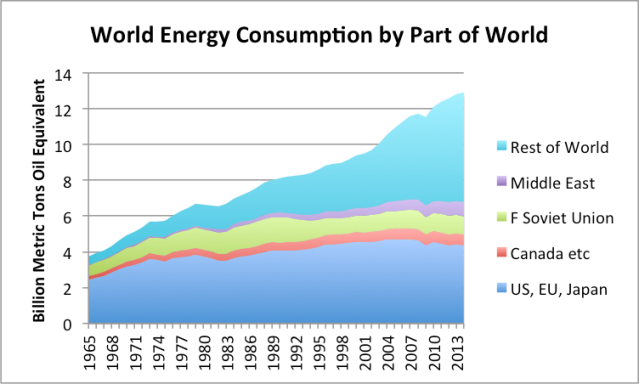
Photo by Glenn Beltz | CC BY 2.0
“It is a curious situation that the sea, from which life first arose, should now be threatened by the activities of one form of that life. But the sea, though changed in a sinister way, will continue to exist: the threat is rather to life itself.”
– Rachel Carson
When I learned about the oil giant BP’s plan to drill off the coast of my home, my heart felt like it dropped out of my chest. As I write this the West Aquariusrig is well on its way to the Nova Scotian Shelf. By the time this is published, it might have already arrived. My thoughts went immediately to those oil sullied shorelines in the Gulf of Mexico, and to the fishermen there whose families and livelihoods were shattered to pieces, and the countless species of fish, mammals and marine birds suffocated in the earth’s primordial blood. BP forever damaged that region and not only in an environmental way. The scars, the untraceable diseases, the suicides and domestic conflicts induced by despair, the financial ruin, displacement and alienation persist to this day.
Many of my ancestors were fishermen here in Nova Scotia for generations. They negotiated the treacherous storms endemic to the North Atlantic and many of them perished in the icy waters which surround this rocky, unforgiving peninsula. I’ve several relatives whose livelihoods are still dependent upon the ocean. But it is more than just a job. The sea is entwined with one’s heart here. It informs the culture, the food, the language. The life of this province cannot be separated from it.
Until settlers stole their ancestral lands, Mi’kmaq, the region’s First People, lived in balance and harmony with this sea for thousands of years, carefully studying its character and respecting its surly and churlish mood swings.
…click on the above link to read the rest of the article…









